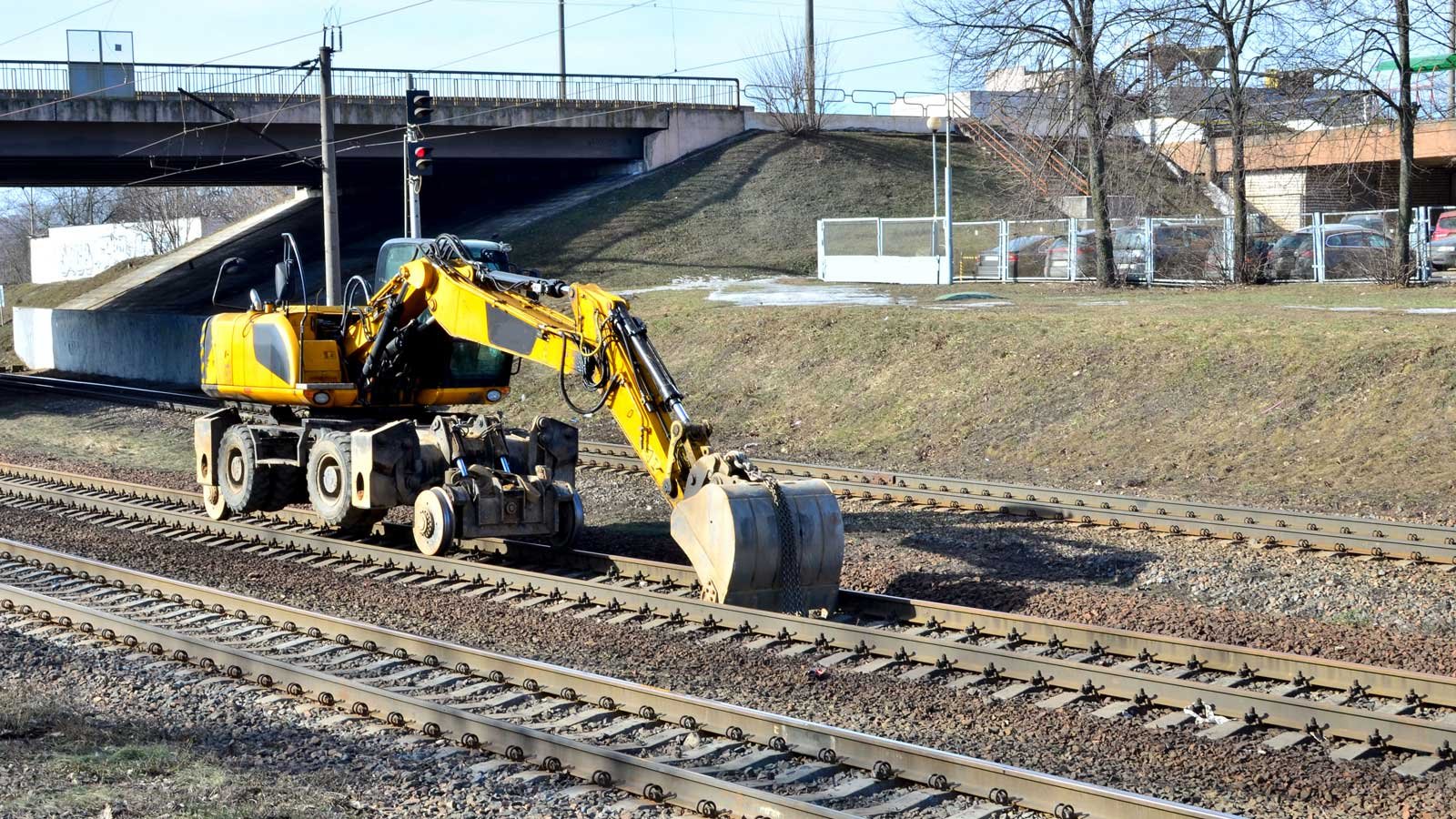Rail Road Vehicles

The Rail Industry Safety Standards Board (RISSB) released new standards for the assessment of road rail vehicles on 15/06/16. AS/RISSB 7502:2016 provides guidance on the design, manufacture, use, inspection, testing and maintenance of road rail vehicles (RRVs) across Australia.
The compliance requirements for RRVs were historically managed by the various Rail Infrastructure Managers (RIMs) who were each responsible for their own rail infrastructure assets. This resulted in a proliferation of different compliance requirements. The need for a National Standard was identified after several serious injuries and a number of fatalities involving these vehicles.
The Standard contains extensive detail across 31 sections covering every element of design, manufacture, use, inspection, testing and maintenance. The information below sets out more detail on the specific requirements of AS7502 that relate to safety aspects of RRVs and can be checked during a visual Plant Assessor inspection process.
Mandatory requirements across all Rail Infrastructure Managers (RIMs)
| Identification |
|
| Rail guidance equipment |
|
| Electrical |
|
| Brakes |
|
| Visibility |
|
| General |
|
RIM specific requirements
The Standard leaves the following requirements to the discretion of the relevant RIM. Owner/users of RRVs will need to check requirements of the RIM responsible for the infrastructure asset being worked on.
| Event recorder (data logger) |
|
| Speed indicator |
|
| Outline |
|
| Emergency equipment |
|
Plant Assessor position on event recorders and speed limitation devices
There are some differences between AS7502 and existing state authorities in relation to these devices. The application of the AS7502 in relation to these devices is at the discretion of the RIM.
On 18 July 2016 the Asset Standards Association (the relevant Standard setting body in NSW) updated its document T HR RS 00700 ST also known as RSU Series – Minimum Operating Standards for Rolling Stock – Infrastructure Maintenance Vehicle Specific Interface Requirements. This document gives specific advice concerning when event recorders and speed indication devices are required.
Plant Assessor believes that this document is a well respected and adopted source of guidance across Australia, as such Plant Assessor has adopted this approach in an attempt to provide consistency across the country for these two safety devices.
If you would like further information about the safety and compliance of road rail vehicles, please contact the Plant Assessor team.
Disclaimer: This information is intended to provide general information on the subject matter. This is not intended as legal or expert advice for your specific situation. You should seek professional advice before acting or relying on the content of this information.






